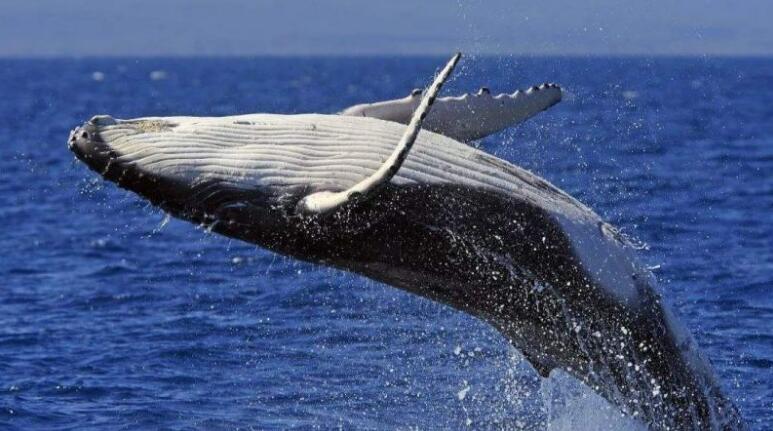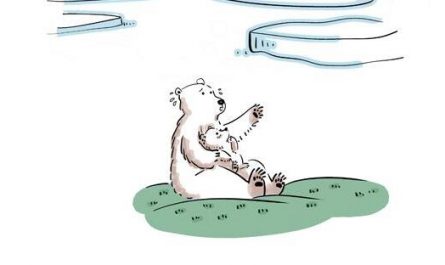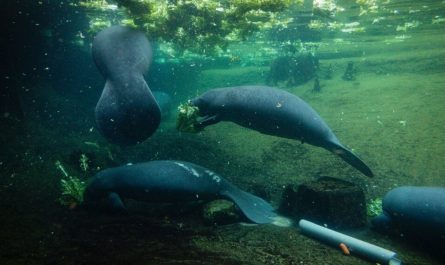Since the industrial revolution, people’s emission of greenhouse gases has increased significantly, especially carbon dioxide, which is not only one of the very important greenhouse gases, but also the largest greenhouse gas emitted by humans.
In order to protect the earth’s ecology and slow down global warming, the international community proposes to achieve a carbon peak in 2030 and achieve carbon neutrality in 2060. for
However, there is one thing more important than planting trees in the desert, which is to save the whales. Experts point out that protecting whales can also slow down global warming, and is even more helpful than human planting afforestation in absorbing carbon dioxide. So what is going on?
Whales and carbon dioxide
We know that plants can absorb carbon dioxide in the air through photosynthesis, and then store it in their own bodies, and this is “carbon sequestration”. However, when it comes to plants, we think of forests, grasslands, etc., but in fact, phytoplankton in the ocean absorbs a higher amount of carbon dioxide.
The study found that the biomass of marine phytoplankton only occupies 1% of the terrestrial forest, but the carbon absorbed by land plants only occupies 53%, while marine phytoplankton occupies 45%-50%. This shows the carbon sequestration of marine phytoplankton The ability is much higher than that of terrestrial plants.
The reason why we want to protect whales is because whale feces can promote the growth of phytoplankton. Although whales are mammals, their feces are not solid like terrestrial mammals, but flocculent. Fly-like manure is rich in iron, phosphorus, nitrogen and other nutrients, which are necessary for phytoplankton. Therefore, whale manure is a natural fertilizer for phytoplankton and can promote the growth of phytoplankton.
In fact, the feces of penguins and seals are also rich in these nutrients, but they are used to defecate on land, it is difficult for nutrients to flow into the ocean, and they cannot make such a big contribution like blue whales.
In addition, whales can also promote the flow of energy between the oceans. We know that whales like to hunt in the depths of the ocean, and the ocean beyond 200 meters will not be able to receive sunlight, so that the phytoplankton here is difficult to photosynthesize. Whales feed on creatures in the deep sea and swim to the surface of the ocean for excretion, bringing the energy in the deep sea to the surface of the ocean, thereby promoting the vertical flow of energy in the ocean.
Whales also like to migrate back and forth. They swim long distances and can bring richer nutrients to barren areas. For example, whale dung has become an important source of energy for phytoplankton in Antarctica. In other words, where the whale swims, it brings a wealth of energy and promotes the prosperity of local phytoplankton.
When the number of phytoplankton in the ocean increases, some phytoplankton will become food for marine organisms, such as krill, etc., and krill will become food of the next nutritional level, such as whales, which promotes the health of the marine ecological chain Running. In addition, some phytoplankton will turn into ocean sinking snow. Some carbon is stored in ocean sinking snow. They will fall into the ocean and then form oil, natural gas, etc. under the action of various geological movements, which can convert carbon. Stored under the surface for a longer period of time, thereby inhibiting global warming. Our burning of oil, coal, etc. essentially releases the carbon stored in the ground, which leads to global warming.
More importantly, whales themselves store a large amount of carbon. Some whales weigh up to 200 tons and have an average life span of 70 years. During their survival stage, they capture and store a large amount of carbon in the body.
When they die, their remains will be eaten by other marine life, forming a unique whale landing ecosystem. In addition, a part of the remains and its stored carbon were sunk into the seabed and sealed up. According to estimates by the International Monetary Fund, each whale can store an average of 33 tons of carbon dioxide, while a tree can absorb only 22 kilograms of carbon dioxide each year.
Because of this, the International Monetary Fund estimates that the value of whales in storing carbon and maintaining the health of the ocean is more than US$1 trillion. The average value of each whale is more than US$2 million, which is far more valuable than gold.
Protection of whales
Although whales are very important to the ecology of the ocean, it is a pity that humans have hunted and killed a large number of whales. In the early days of the industrial revolution, the energy used by mankind was not oil or coal, but whale grease, which gave rise to a large number of whale hunting boats.
According to expert research, the number of blue whales has fallen by 95% in the 20th century. Although hunting and killing of whales is now banned, there are only 10,000 to 35,000 blue whales, and most of them live in the inaccessible Antarctic. Road area.
If we do not protect them, once they become extinct, they will directly have a huge impact on the planet’s marine ecology, and then the entire planet’s environment.






